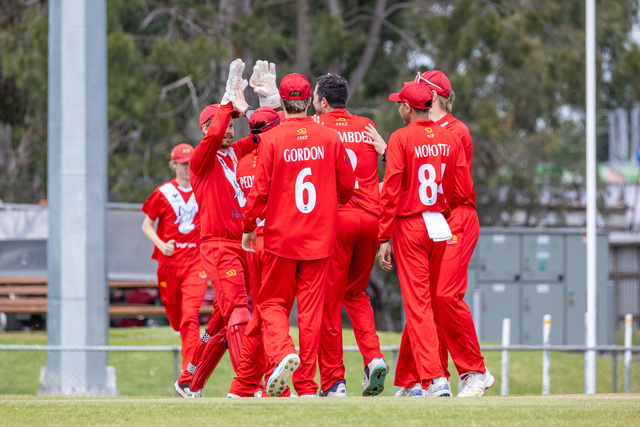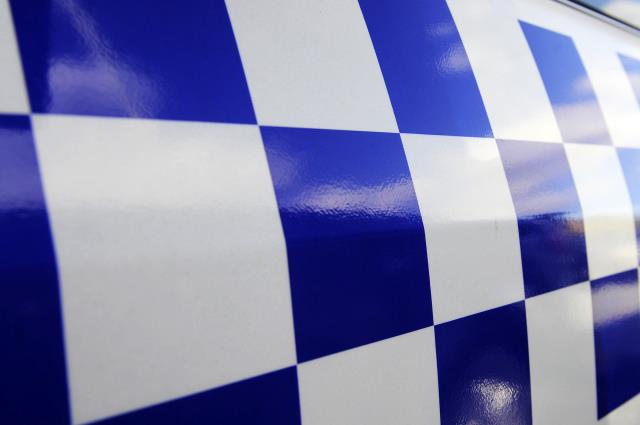The long-awaited Clyde Railway extension has been left off the State’s 30-year priority list, disappointing a community that has waited more than two decades for rail.
Infrastructure Victoria (IV), the State’s independent infrastructure advisory body, released the final version of Victoria’s infrastructure strategy 2025–2055 in November. Clyde Railway extension, which would extend and electrify the Cranbourne line to Clyde and build three new stations (Cranbourne East, Casey Fields, and Clyde), has again been listed only as a “future option”.
Under IV’s framework, “future options” identify projects Victoria will likely need over the next 30 years but do not require government action within the next five years, and the State Government is not required to formally respond.
By contrast, “recommendations” require government responses and are intended to begin within the next five years.
IV notes that more than 80 per cent of its 2021 recommendations have since been implemented or progressed.
Casey Mayor Cr Stefan Koomen said Council is “disappointed” with IV’s assessment, saying the status does not reflect the scale of demand in the south east.
“The construction of the Clyde Rail Link would connect the growing communities of Cranbourne East, Clyde, Botanic Ridge, Devon Meadows and Junction Village to the services they need, provide hundreds of local jobs and stimulate the local economy,” he said.
“With these suburbs projected to reach a combined population of around 260,000 by 2046, the status of the extension to the Clyde Railway Line remaining a ‘future option’ in Infrastructure Victoria’s 30-year Strategy doesn’t reflect the needs of our community.”
Casey Council submitted to IV during the draft strategy stage, calling for the extension to be upgraded from a future option to a “priority recommendation”, which would compel government action within five years.
It stated the project would complement other public transport reforms addressing “transport gaps, competitive travel times, and interchange opportunities”.
Anthony Tassone, vice president of local advocacy group Casey Residents and Ratepayers Association (CRRA), said they are also disappointed.
“In practical terms, a future option is not a guarantee – at best, it’s a maybe, and that’s not good enough for a region experiencing some of the fastest population growth in the country,” he said.
“Residents in Cranbourne East, Clyde North and Clyde are living with the consequences right now: long commute times, daily congestion, overstretched roads and limited alternatives to driving.”
CRRA’s submission to IV highlights that almost 97 per cent of Casey residents support the Clyde line extension.
Mr Tassone said IV’s own data on population density, transport boardings and job access within a 45-minute commute justified prioritising the project in the short term.
A comparison between IV’s draft and final strategies shows that two northern-suburb projects — new stations at Beveridge on the Seymour line and Campbellfield on the Upfield line — were added to “recommendations”. The duplication of the Upfield line was also added.
Mitchell Shire Council welcomed the inclusion, saying they are two major priorities for the Mitchell’s growing community.
IV’s final strategy outlines why these projects were prioritised. The strategy highlights that improving Upfield services could enable around 11,000 new homes to be built in established suburbs such as Brunswick and Coburg instead of growth areas, saving around $400 million in public infrastructure costs.
Improved frequencies would also significantly expand job access, allowing Campbellfield residents to reach 32,000 more jobs within 45 minutes by public transport and Coburg residents to reach up to 90,000 more.
Beveridge’s rapid growth — expected to reach 75,000 residents by 2041, up from just 4,300 in 2021 — and its limited road and bus connections also played a major role.
The strategy notes that Beveridge currently has only four weekday peak-hour bus services and just two arterial road connections, leaving it highly vulnerable to disruption.
Early delivery, the strategy states, would help households avoid buying extra cars and improve access to jobs and services.
A spokesperson for IV acknowledged community disappointment in Casey and said many residents raised concerns about parking, road congestion and long commute times during consultation.
However, they said their prioritisation was shaped by network-wide considerations.
“We know communities around Cranbourne and Clyde have seen the benefits of the recent rail investments from the Cranbourne line duplication and the boosting of peak train services to an average of every 10 minutes. Similar investments are needed on the Upfield line to improve train frequency, and to reduce delays and disruptions associated with a single-track section,” they said.
“Both prior investment in the Cranbourne line upgrade and Infrastructure Victoria’s proposed Upfield line upgrade set up the rail network to allow for rail extensions to serve new communities.”
The spokesperson also said their decision to emphasise the need for a new station at Beveridge is based on the fact that it is a new station, but on an existing rail line, with very limited road and bus connections.
“This presents a relatively low-cost opportunity to improve accessibility in the surrounding suburbs, just like our recommendation to build a new station at Altona North,” they said.
The cost of the Clyde Railway extension, which also includes a new station in Dandenong South, is estimated to be around $2 billion to $3 billion, while the cost for the two new stations in the north is about $100 million to $250 million for each.
The spokesperson pointed out that IV is recommending improved bus services in growth areas, including new routes where none currently exist and more frequent and longer operating hours.
These improvements, they said, would “allow more people to travel by public transport… including places beyond the catchment of the proposed Clyde rail extension”.
Mr Tassone said CRRA acknowledged Casey’s strong advocacy, but the results underscored the need for “stronger, louder and more persistent” campaigning, especially with the 2026 State Election approaching.
“Casey is the largest growth municipality in the state… Our community needs Council, local MPs and community groups working together with one clear, united voice to elevate the Clyde rail extension from a “maybe” to a committed project,” he said.
CRRA recently wrote to all three local State MPs calling for a clear pre-election commitment, including funding, planning and delivery of the Clyde Railway extension.
“This is not about politics. It is about fairness, equity, and the basic ability for families in Casey to access jobs, education and essential services without battling gridlock every day,” Mr Tassone said.
Last week, Casey’s back-to-back Mayor Cr Koomen told Star News that transport infrastructure, including the Clyde extension, would be among the biggest issues on the council’s election-year wishlist.
Casey Council has advised that, separate from their advocacy to IV, they have “consistently” campaigned for the Clyde Rail Link to the State and Federal Governments and to the local parliamentarians.
“We’ve received strong support from advocacy groups, organisations, and the State Government for extending and duplicating the rail line to Clyde, and we remain committed to advocating at all levels of government to ensure we get the public transport, roads and infrastructure we need and deserve,” Mayor Cr Koomen said.








